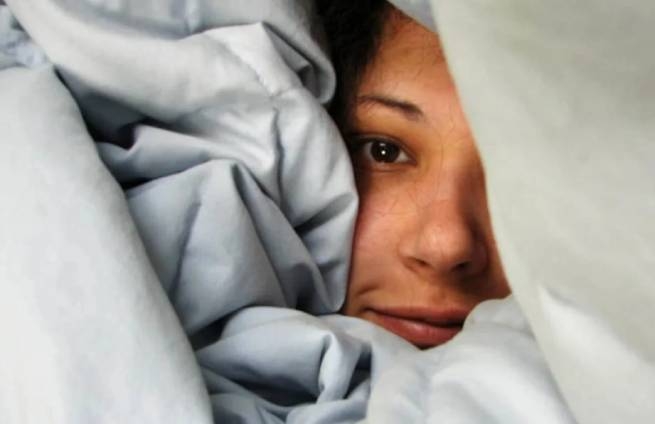Winter is getting closer, and with the energy saving measures announced by the government, you should not count on a comfortable temperature in the apartment. If the house is cold, how to “survive” at a low temperature, and is there a health hazard?
The winter is going to be difficult, if not too cold. Against the backdrop of an energy crisis, power outages, interruptions in the availability of fuel and, as a result, a lower temperature in the house are possible. And what should it be in general, what do experts say about this?
What temperature is normal for the body in the room
Looking into the English Dictionary American Heritage Dictionary, you can see that it defines room temperature as 20-22°C. The Oxford Dictionary claimsthat it is equal to 20 °C. And remember: at the end of the last century, even a lower temperature was considered normal for a room.
In 1987, the WHO stated that a home temperature in the range of 18-24°C is normal for adult health. True, taking into account the humidity corresponding to the season of clothing and some other factors. In those days, already distant for us, in the homes of the British, for example, the average temperature in the houses was 15.8 ° C, and in Japan in 1980 it was even less – only 13-15 ° C. Who knows, perhaps because of this, the life expectancy of the Japanese is at such a high level?
In the UK since then, room temperatures in winter have increased by about 1.3°C per decade. And this was due to the spread of a sedentary indoor lifestyle, increased expectations of thermal comfort, efficient building technologies, and so on.
Yet experts say that for the smallest children, the elderly and those with serious health problems, the recommended temperature in the house should be at least 20°C. If the temperature falls below 16 ° C, and the humidity is above 65%, the risk of respiratory diseases, including allergies, increases. Thus, it is customary to consider the temperature in the room from 18 to 21 ° C. Such a comfortable indicator has a positive effect on health and promises:
- sleep improvement;
- better brain function;
- reducing the risk of cardiovascular disease;
- hardening of the body, increased immunity;
- energy and even … getting rid of excess calories.
It should be borne in mind that the weather in the apartment is affected not only by the air temperature, but also by the humidity in the room, how people are dressed, what lifestyle they lead. The more humid the air, the more cold you feel. Ideal indicator humidity – from 30% to 50%. Too low can cause dry skin, irritation of the nasopharynx, itching in the eyes. A high setting can lead to a feeling of suffocation in the home and also cause condensation, or even mold, to form on the walls.
Do all people get cold the same way?
Nervous system, according to Medical News Todayacts as the first line of defense. It picks up temperature changes and transmits this information to the brain. This, in turn, signals the blood vessels to restrict blood flow to the skin. Vasoconstriction reduces heat loss and protects the “core” of the body from cold.
Many people are familiar with the sensation of vasoconstriction in the fingers and toes – they begin to go numb, the skin turns red, the person trembles, and the hands spontaneously reach for gloves and thick socks. Thus, through trembling, the muscles try to heat up the body, but, as you know, each person has physiological reactions in their own way.
Much depends on the individual characteristics of the organism. For example, some people have reduced blood circulation in their legs – as a rule, they freeze even at quite normal room temperatures. And the reaction to cold depends on body weight and even its shape.
The larger the surface area of the human body, the more heat it loses. But fat is an excellent heat-insulating material. The more subcutaneous fat, the better the person’s thermal insulation. The New York Times







More Stories
What to do if attacked by a dog (video)
Greece – a paradise for gourmets
Message from AEK and PAOK fans in defense of Esphigmenou Monastery